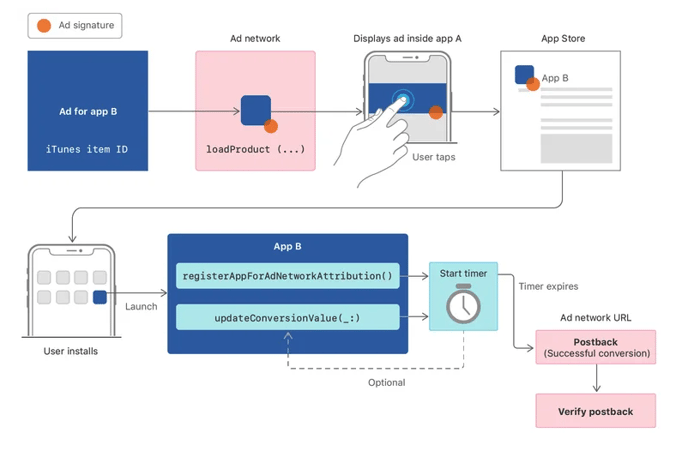This is an FAQ article explaining the incrementality measurement in a post-privacy world
With user identification being deprecated, marketing attribution moves from a user level to a cohort / aggregated level.
Last touch attribution will continue being available on an aggregate level (such as campaign), allowing marketers to use last touch as a proxy for optimization of creative, and engagement.
The deprecation of user identification forced digital marketers to adapt. The good news is that this adaptation can lead to better outcomes. Focusing on incrementality, rather than last touch, will help marketers unlock the full value of their marketing budget.

The deprecation of user identification forced digital marketers to adapt. The good news is that this adaptation can lead to better outcomes. Focusing on incrementality, rather than last touch, will help marketers unlock the full value of their marketing budget.
Incrementality measurement works using aggregate data
Understanding why each user made a decision to take an action (i.e. convert) is not possible in a singular level, but is possible, using a statistical approach.
Incrementality measurement a method to understand the true value of Advertising spend using a statistical algorithmic approach. It is more operational and tactical than Media Mix modeling , but is not as granular as device level attribution.
Incrementality measurement relies on attribution data to indicate if paid conversions had any value to the Advertiser or if the attributable conversions are cannibalizing the results.
Incrementality can provide insights in granular levels over campaigns, demographics, vendors, geo location, contextual features. These insights can be used in an operational - tactical level.

If you want to learn more about incrementality measurement in a Post-Privacy world, just visit our website: incrmntal.com
